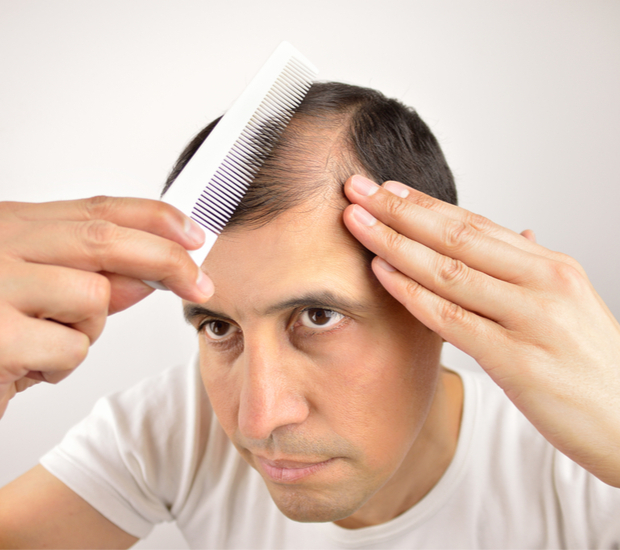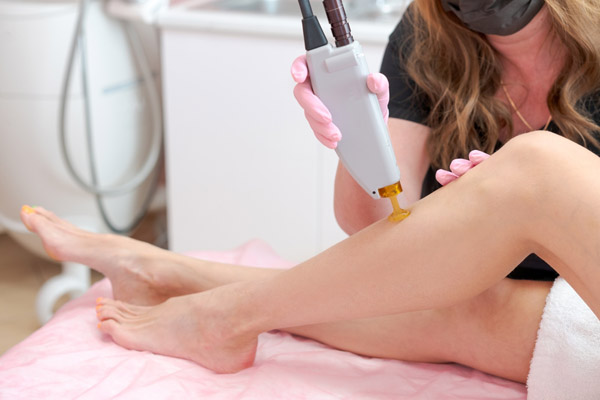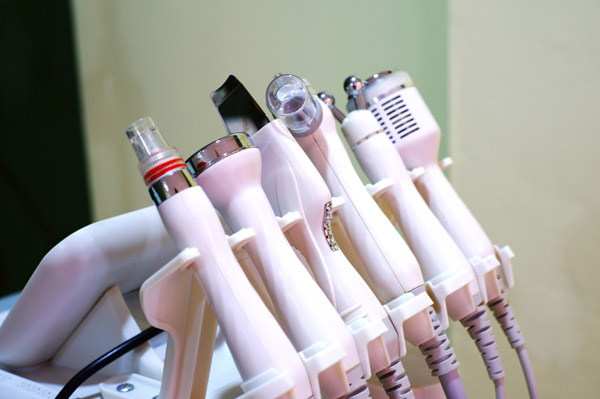Hair TransplantSchaumburg, IL
A hair transplant is a surgery done to transfer hair from fuller areas to parts with little or no hair. The procedure has existed since the '50s, but the methods have improved over the years. People who undergo the procedure can once again have fuller hair to reverse hair thinning and balding. Hair transplant surgery can make you more confident about your looks.
What to Expect During Hair Transplant Surgery
The procedure starts with an initial consultation with the doctor to discuss treatment expectations from the surgery.
The surgeon will clean the scalp and inject a numbing medication into the back of the head. The doctor may opt for any of the transplant techniques, such as follicular unit strip surgery (FUSS) or follicular unit extraction (FUE).
FUSS
With FUSS, the doctor will take a six to ten inches strip of skin from the back of the head then seal the scalp off. The area will be covered by the surrounding hair. Afterward, the surgeon and the medical team will separate the strip of extracted scalp into 500 to 2,000 small grafts, each with one or a few hair strands. The amount or type of graft used is based on the type of hair, color, quality and the size of the area to be treated.
FUE
For the FUE procedure, the medical team will shave the back of the scalp. Afterward, the surgeon will extract the hair follicles individually. That part will heal will tiny dots, but will be covered by the surrounding hair.
At this stage, the two procedures are similar. After preparing the grafts, the surgeon will clean and numb the area to be treated, make incisions or holes using a needle or scalpel, and carefully insert each graft into the holes. Other members of the team will help plant the grafts.
Depending on the extent of the transplant, the entire process may take between four to eight hours. The patient might require another procedure eventually if hair loss continues or if they want fuller hair.
Recovery
After the surgery, the scalp will feel sore and tender. The surgeon will recommend pain meds for the pain and applying bandages over the scalp for a day or two. The patient may also need to take antibiotics or an anti-inflammatory drug for some days. Most patients can resume their regular routine two to five days after the surgery.
After two or three weeks, the hair transplants will shed off, and new growth will start within a few weeks. Most patients notice significant hair growth six to nine months after surgery. Some physicians recommend hair-growing medication minoxidil (Rogaine) to boost hair growth after hair transplant.
Risks
The hair transplant procedure has its risks, such as bleeding and infection. Scarring and strange-looking new hair growth may also occur. When the new hair starts to grow, some patients may experience inflammation or hair follicle infection, called folliculitis. The surgeon will recommend antibiotics and compresses to treat the issue. Shock loss might also occur, where some original hair might be lost where the new strands are forming. This is mostly temporary.
Final Note
It is better to discuss expectations of the hair transplant procedure with the doctor. Patients usually get a confidence boost from their better-looking, fuller hair as a result of the treatment.
Contact Us
Paul C. Dillon, MD Inc is located at
890 E Higgins Rd #157
Schaumburg, IL
60173





